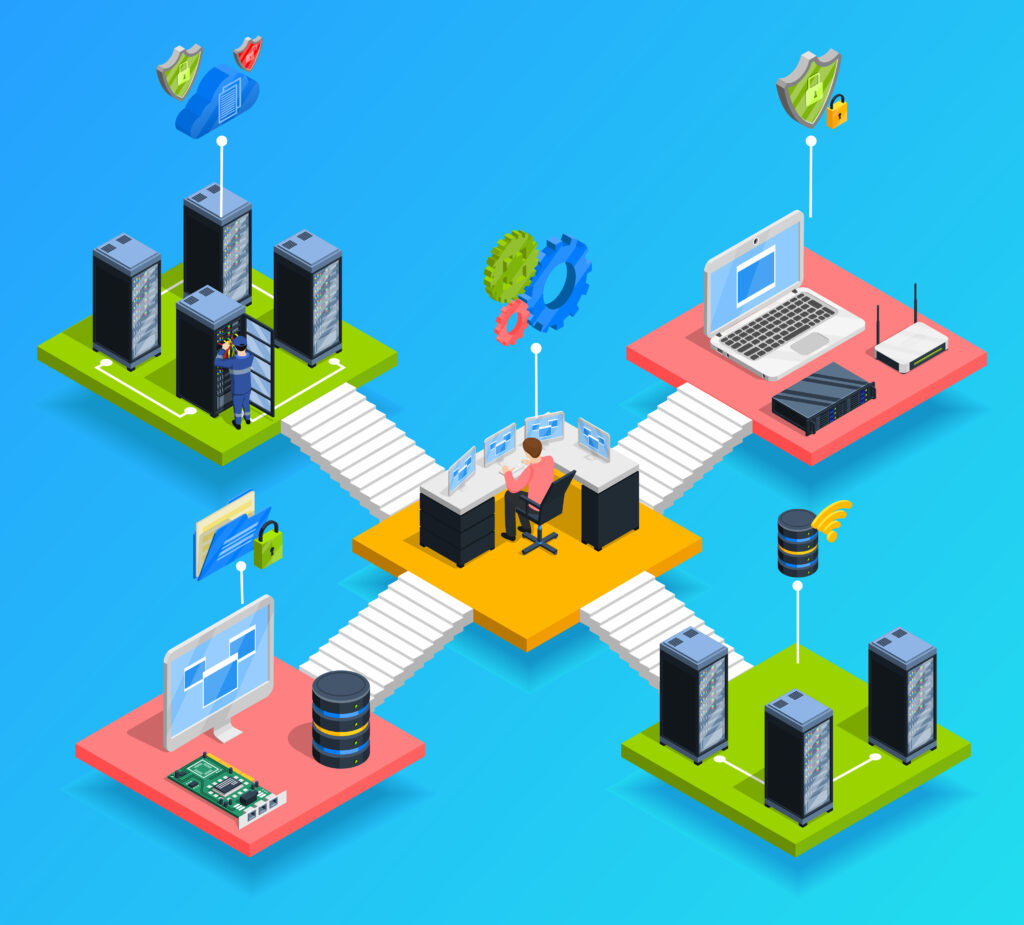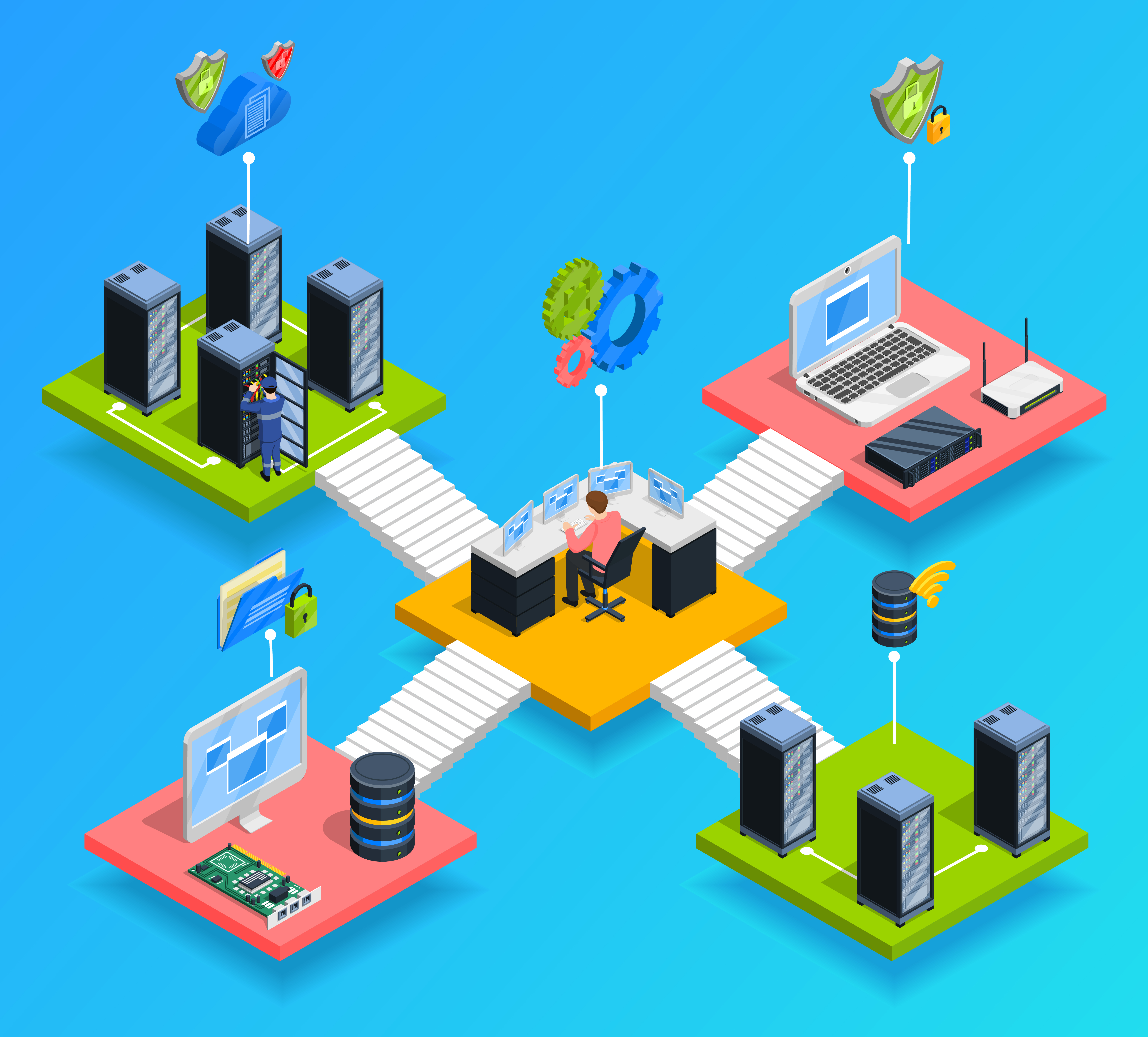Electronic data interchange, or EDI, is a technology that allows businesses to exchange information electronically. EDI has been around for decades, and it has become an essential part of many industries. In recent years, however, EDI has undergone significant changes, and the way businesses use it has evolved. In this article, we will explore ten EDI trends to watch out for in 2023 and beyond.

1. Increased Adoption of Cloud-Based EDI
Cloud-based EDI solutions are becoming increasingly popular among businesses. These solutions offer a range of benefits, including lower costs, greater flexibility, and improved security. In 2023 and beyond, we expect to see a significant increase in the adoption of cloud-based EDI solutions.
2. Greater Use of Artificial Intelligence and Machine Learning
Artificial intelligence (AI) and machine learning (ML) are becoming more prevalent in many industries, and EDI is no exception. In the coming years, we expect to see a greater use of AI and ML in EDI, particularly in areas such as fraud detection, invoice matching, and supply chain optimization.
3. More Focus on Data Analytics and Insights
As EDI becomes more sophisticated, businesses are looking to gain greater insights from the data it generates. In 2023 and beyond, we expect to see a greater focus on data analytics and insights, with businesses using EDI data to identify trends, optimize processes, and make more informed decisions.
4. Increased Integration with Other Systems
EDI is often used in conjunction with other business systems, such as enterprise resource planning (ERP) and customer relationship management (CRM) software. In the coming years, we expect to see an increased integration between EDI and these other systems, allowing businesses to streamline their operations and improve their overall efficiency.
5. Greater Emphasis on Security
EDI involves the exchange of sensitive information between businesses, and as such, security is of paramount importance. In 2023 and beyond, we expect to see a greater emphasis on security in EDI, with businesses taking steps to ensure that their EDI systems are secure and protected from cyber threats.
6. Increased Adoption of Mobile EDI
With more and more business being conducted on mobile devices, it’s no surprise that mobile EDI is becoming increasingly popular. In the coming years, we expect to see an increased adoption of mobile EDI, with businesses using mobile devices to access and exchange EDI data on the go.
7. Greater Use of APIs
Application programming interfaces (APIs) allow different software systems to communicate with each other, and they are becoming increasingly important in the world of EDI. In the coming years, we expect to see a greater use of APIs in EDI, particularly in areas such as supply chain management and logistics.
8. Increased Automation of EDI Processes
Automation is becoming increasingly prevalent in many industries, and EDI is no exception. In the coming years, we expect to see an increased automation of EDI processes, with businesses using automation to streamline their operations and reduce manual intervention.
9. Greater Focus on Sustainability
Sustainability is becoming an increasingly important consideration for businesses, and EDI can play a role in helping businesses reduce their environmental impact. In 2023 and beyond, we expect to see a greater focus on sustainability in EDI, with businesses using EDI to reduce paper usage and lower their carbon footprint.
10. Greater Collaboration Between Businesses
Finally, we expect to see a greater collaboration between businesses when it comes to EDI. In the coming years, we expect to see businesses working together to standardize EDI processes and improve the overall efficiency of EDI.
In conclusion, electronic data interchange is undergoing significant changes, and businesses that want to stay ahead of the curve need to be aware of the latest trends. From cloud-based solutions to AI and machine learning, to increased automation and collaboration between businesses, there are many exciting developments to watch out for in 2023 and beyond. By embracing these trends, businesses can improve their operations, reduce costs, and gain a competitive edge in their respective industries.
One trend that deserves special attention is the increased use of AI and ML in EDI. These technologies have the potential to revolutionize the way businesses use EDI, and they can provide a range of benefits, including improved accuracy, faster processing times, and better fraud detection. As AI and ML become more prevalent in EDI, businesses that fail to embrace these technologies may be left behind.
Another important trend to watch out for is the increased focus on sustainability in EDI. With businesses under increasing pressure to reduce their environmental impact, electronic data interchange can play an important role in helping them achieve this goal. By reducing paper usage and lowering their carbon footprint, businesses can not only reduce their impact on the environment but also save money in the process.
Overall, EDI is a rapidly evolving technology, and businesses that want to stay competitive need to stay abreast of the latest trends. Whether it’s adopting cloud-based solutions, using AI and ML to gain insights from EDI data, or collaborating with other businesses to standardize EDI processes, there are many exciting developments to watch out for in the coming years. By embracing these trends and staying ahead of the curve, businesses can continue to reap the benefits of EDI and stay competitive in the global marketplace.
Related Articles:




